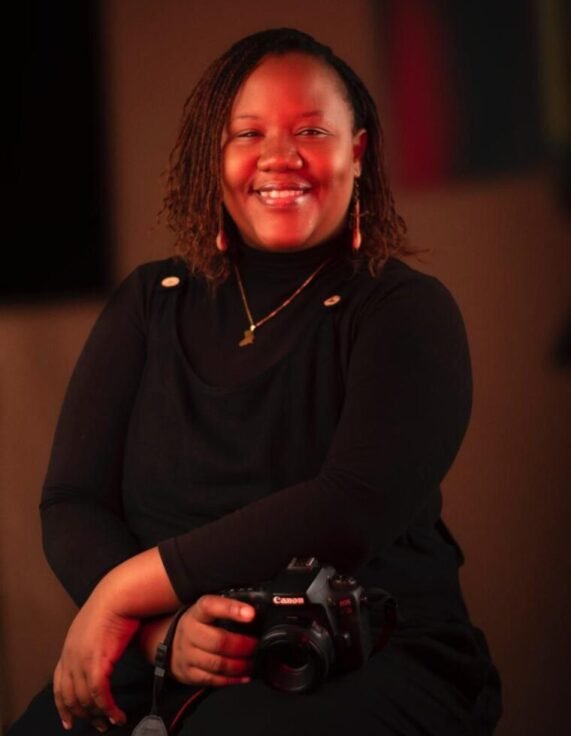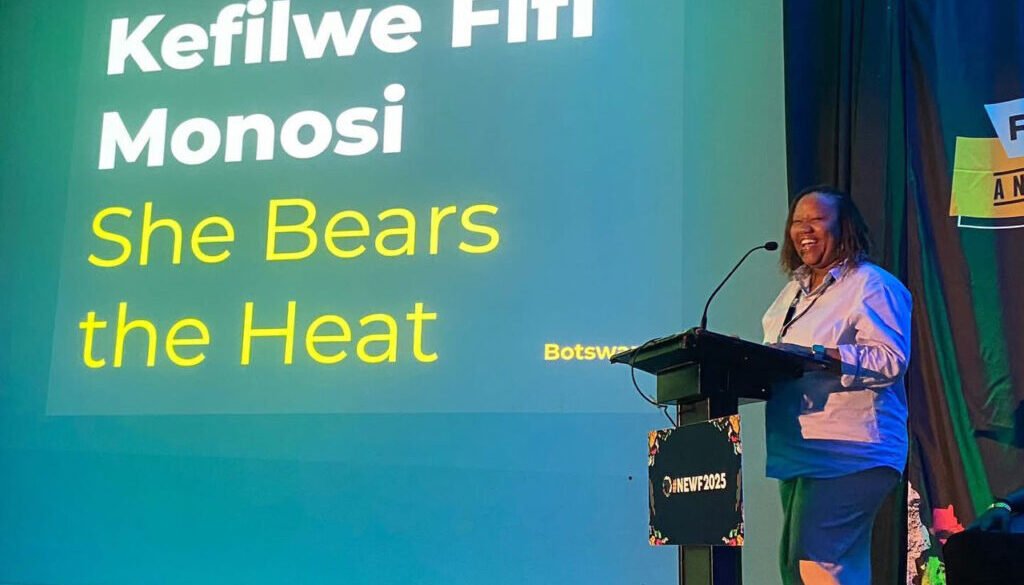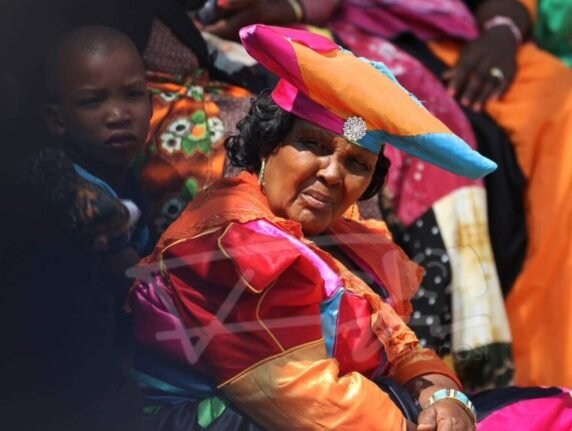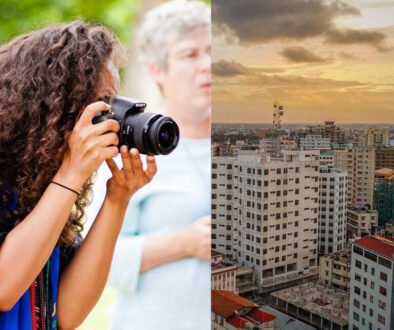How Kefilwe Monosi’s photography is redefining public dialogue
Kefilwe Fifi Monosi, a distinguished documentary photographer and visual artist, is pioneering a powerful shift in how governments connect with their people. For Monosi, a compelling narrative today isn’t about jargon or abstract data; it’s about transparency, a focus on people, and real-life experiences.
As she succinctly puts it, “People don’t connect with jargon; they connect with human stories.” Monosi believes that effective storytelling highlights real individuals, their challenges, and their solutions. Her work is a testament to this conviction, aiming to build trust by showcasing how visual narratives bring policy to life.
“It’s hard to ignore the human face behind a policy,” she explains. “A photograph of someone’s resilience or struggle can create a powerful connection; it turns abstract issues into something people can feel. It makes complex policies relatable and real.”

Through her lens, honest and respectful imagery opens doors to difficult conversations and even shifts perspectives, fostering a deeper connection between institutions and the communities they serve.
When asked about a project where her storytelling demonstrably built public trust, Monosi immediately points to a series focusing on women affected by gender-based violence in Botswana.
Her approach was deliberate and sensitive. “Instead of framing them as victims,” she recounts, “I worked closely with each woman to tell her story in her own words and through dignified portraits. The goal was to portray not just the pain but the resilience.”
The impact was profound. After the exhibition was held in public spaces, community dialogues sprang up, spearheaded by residents who said the images helped them grasp the emotional realities behind the daily statistics.
This visual storytelling, Monosi notes, forged trust not only between the women and their communities but also between those communities and institutions that had previously felt distant.
Monosi identifies the biggest hurdle in transforming government messaging as moving away from impersonal, top-down communication. “Government messages often rely on data, directives, and official language, while people are yearning to be seen and heard,” she observes.
Shifting this paradigm requires a willingness to embrace vulnerability, acknowledge gaps, and crucially, co-create narratives with the very people policies impact. “It requires not just transparency,” she emphasizes, “but a genuine willingness to listen before speaking.”
Maintaining authenticity and respect in her work is paramount. “It starts with consent and continues with collaboration,” Monosi stresses. She never photographs or shares a story without in-depth conversations, ensuring individuals have agency over their own narrative and are comfortable with how they are represented.
Thoughtful consideration of context and the inclusion of captions, audio, or text are vital, as a powerful photo can be misread without shared power and collaborative effort. Ultimately, authenticity stems from shared trust.
Digital platforms have profoundly elevated Monosi’s storytelling impact. They’ve helped amplify voices that were once local to a global stage. “Through social media and online exhibitions,” she notes, “stories from a village in Botswana can spark conversations in Berlin or Nairobi.”
More significantly, these platforms foster interaction. People don’t just passively consume the work; they comment, share, and reflect. This feedback loop has transformed Monosi’s process, turning storytelling into a dialogue, not a broadcast. When people engage directly with a story, especially through compelling visuals, the connection and the trust forged are undeniably deeper.




